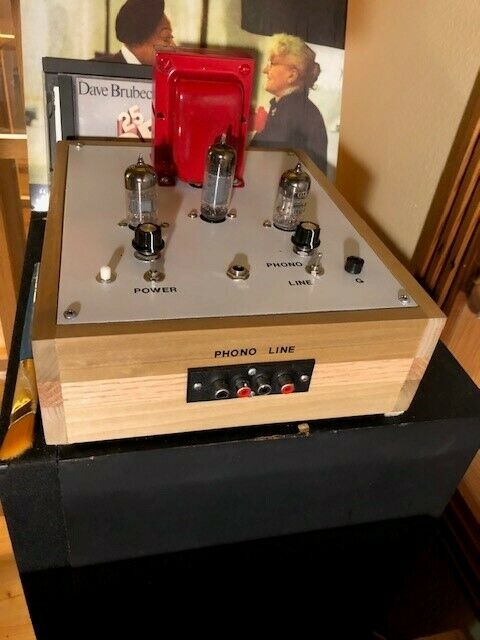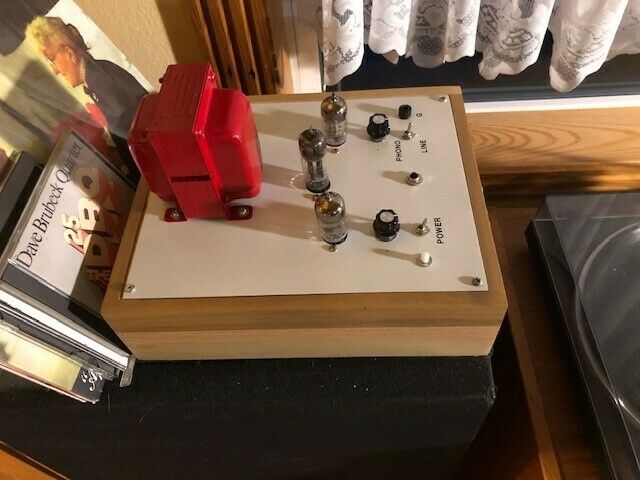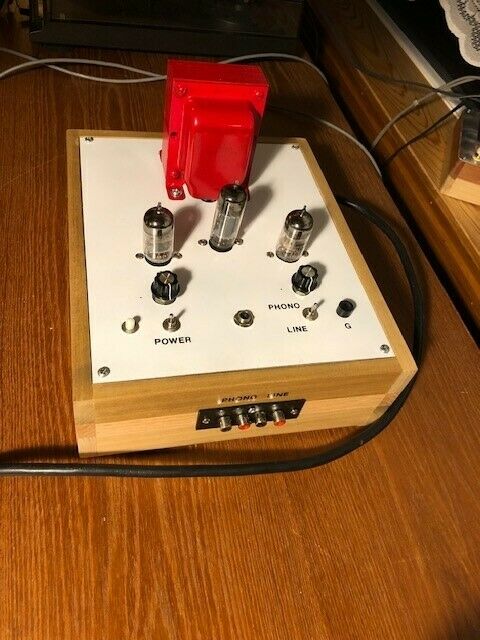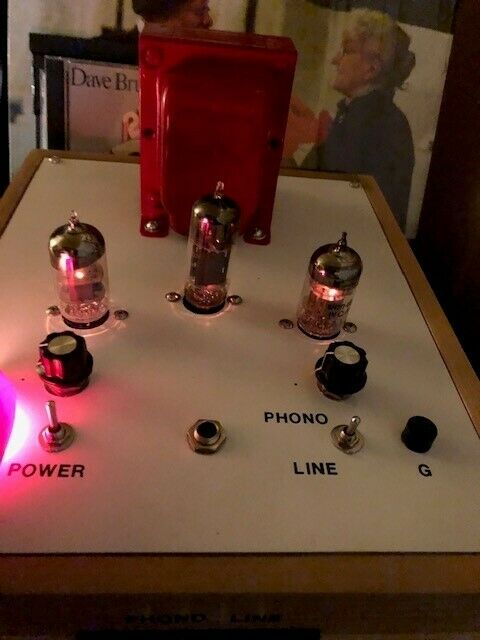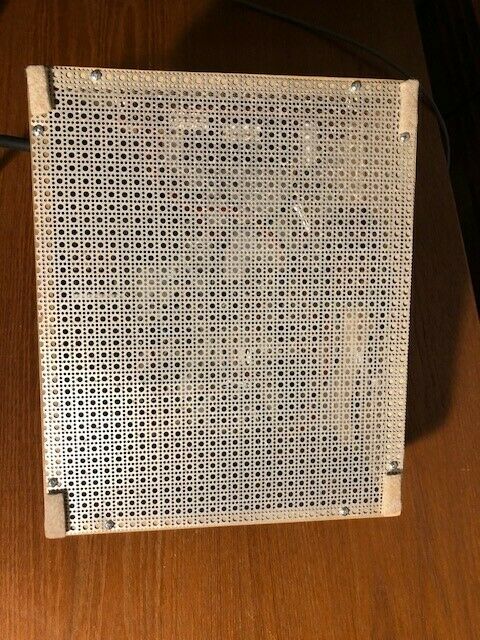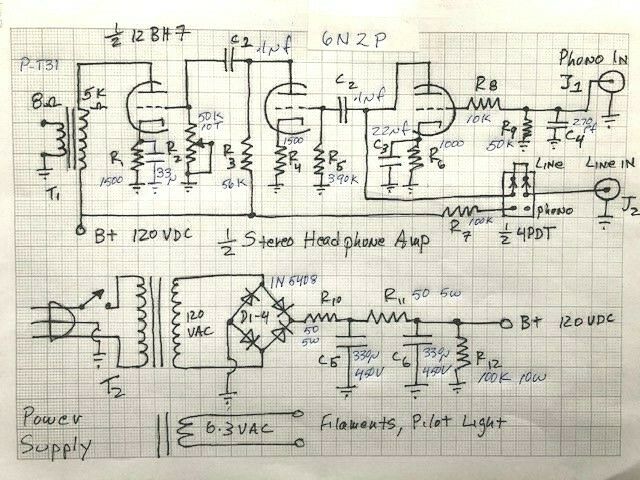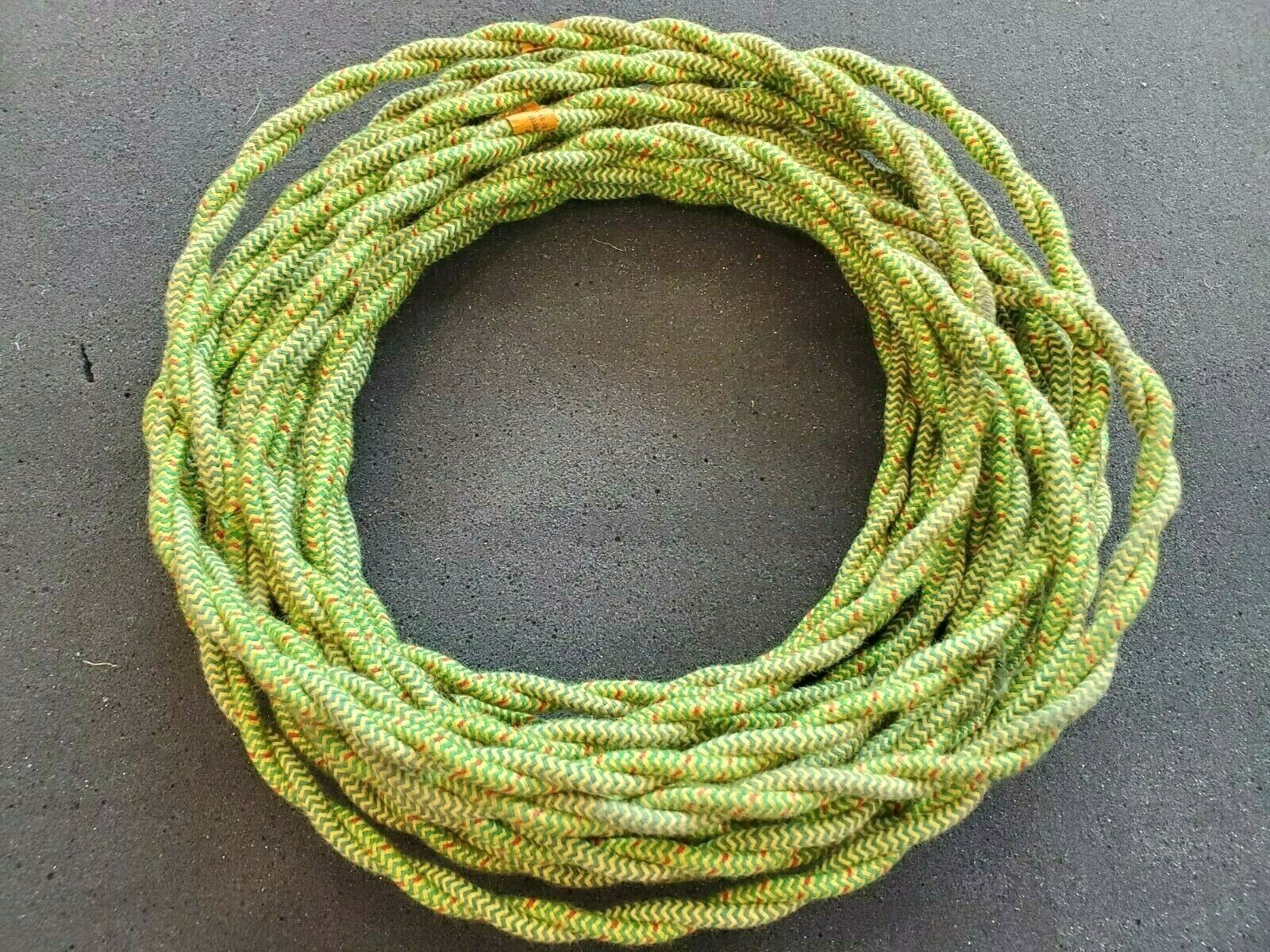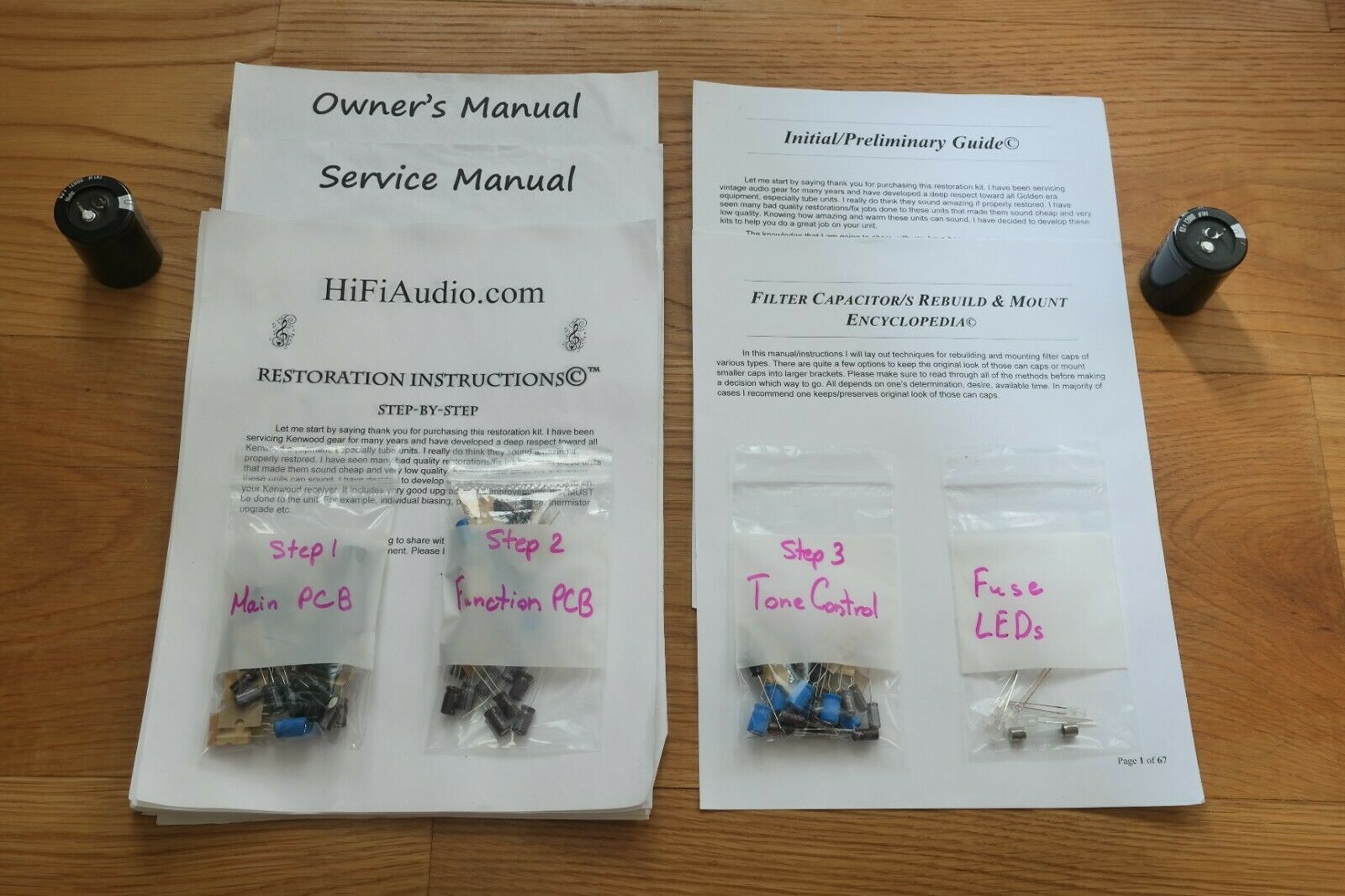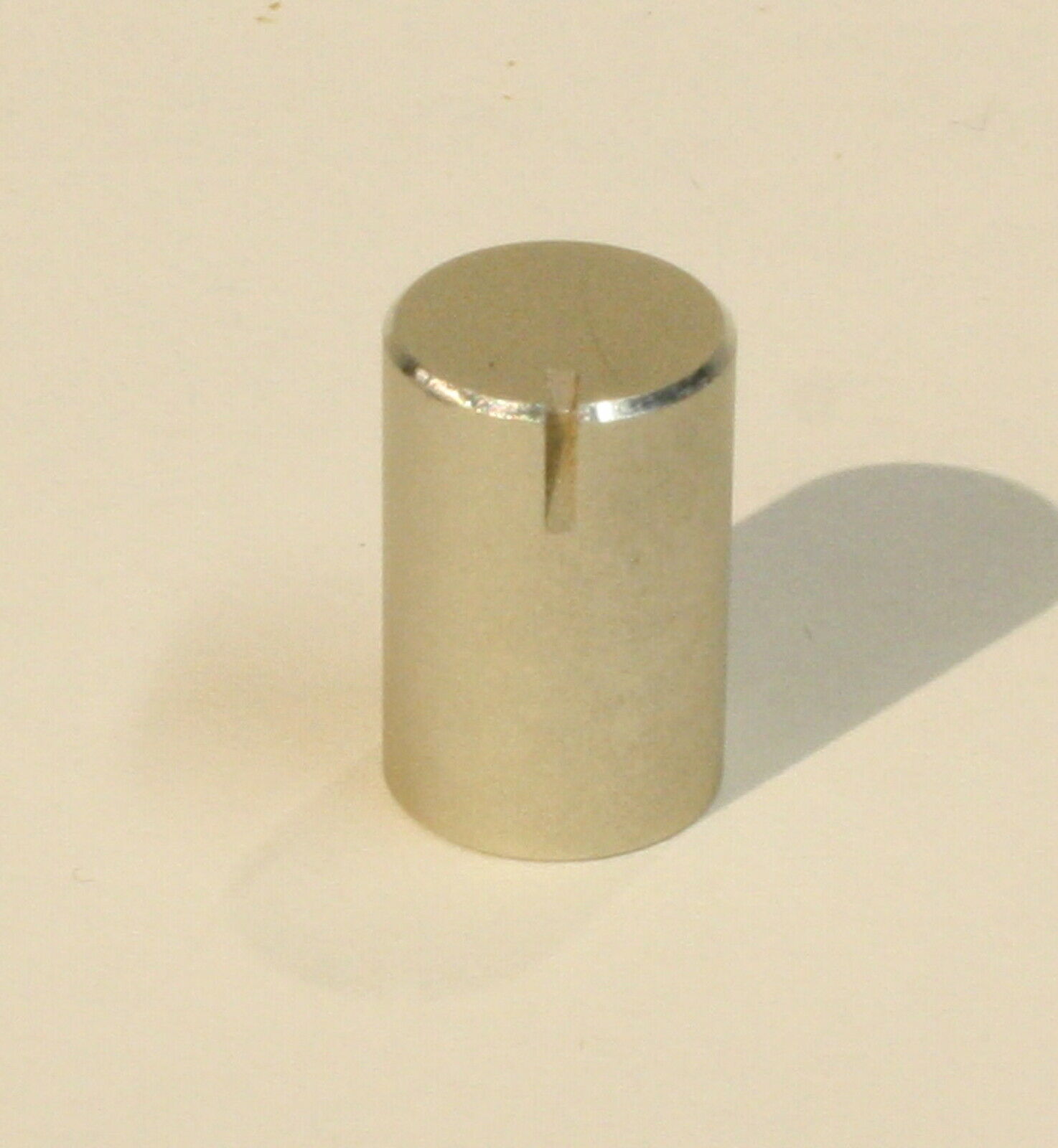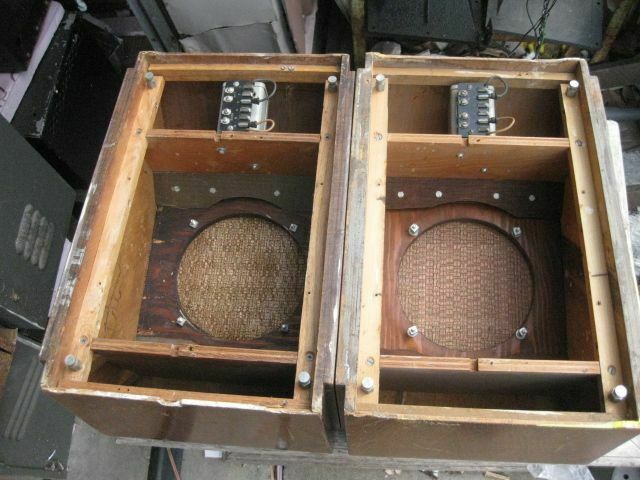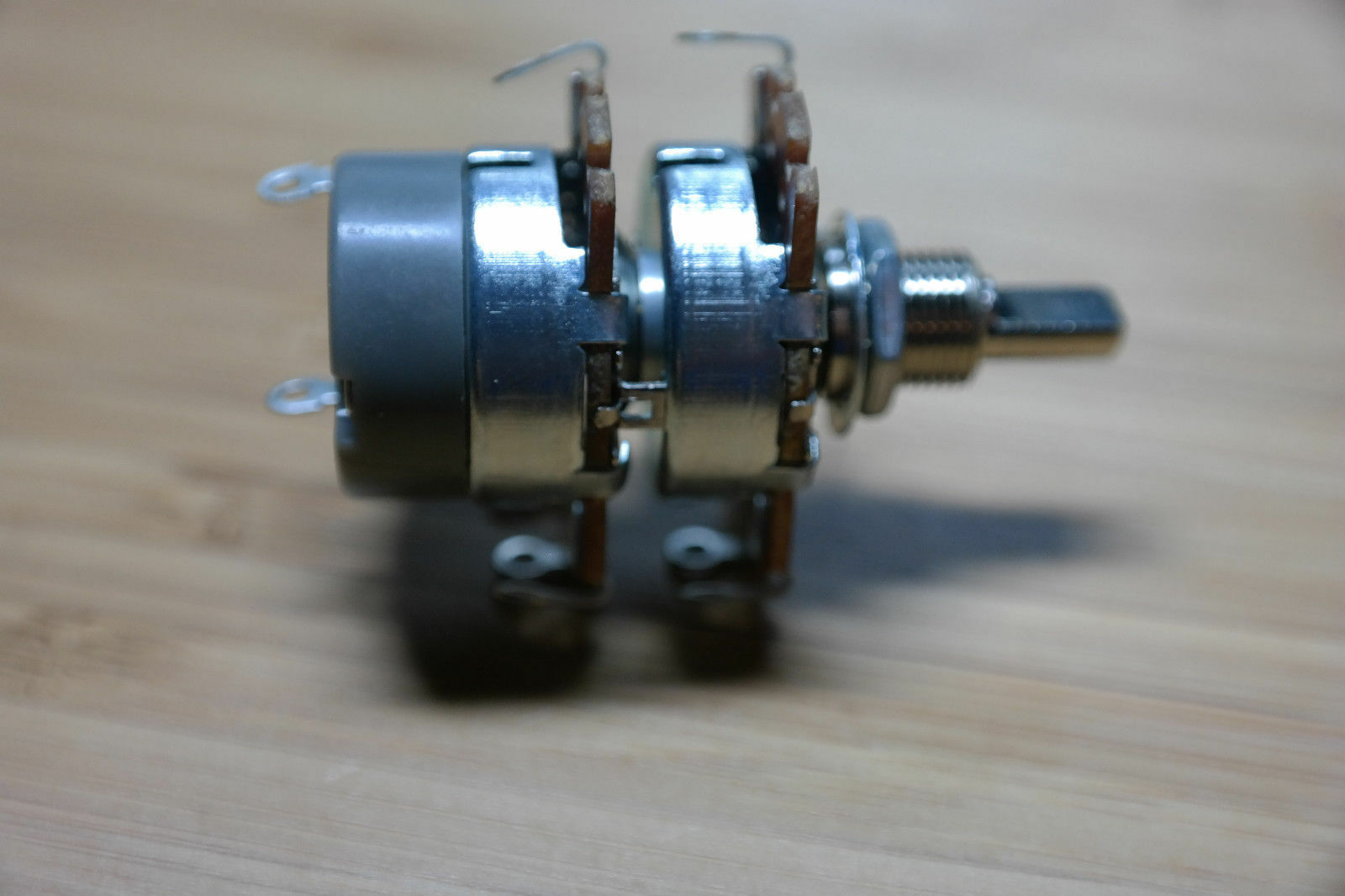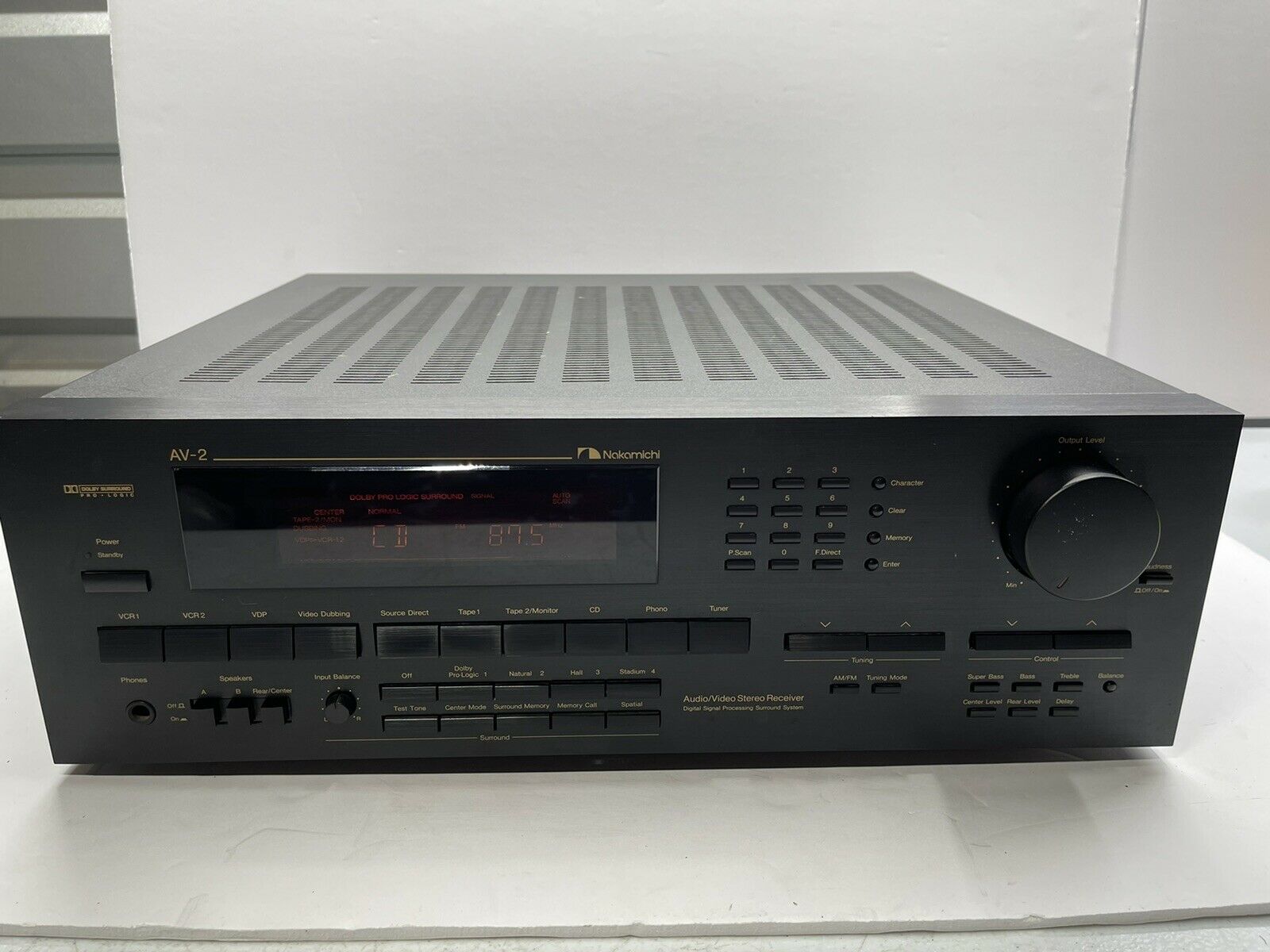-40%
Hand-built 6N2P12BH7 vacuum tube audio amp with built in phono preamp
$ 147.31
- Description
- Size Guide
Description
This little amp is perfect for vacuum tube audio folks that want to put sonic lightning bolts thru their heads without getting evicted. This stereo audio amplifier iscompletely hand made
including the poplar and oak cabinet as well as the 1/16 inch aluminum panel. The designer/builder has been a licensed ham radio operator for more than 50 years and has designed/built everything from 1930's replica radio stations for museums to moon-bounce transmitter-amplifiers.
The wiring is all point – to –point such as as done in the 30’s to the 60's [see picture] . The dual stereo amplifier circuit [schematic included] is simple and robust. It is a variant of audio amplifier designs that have been in use since the 1950's with the advent of the 12AX7 dual triode driver/preamp tube, dual triode 12BH7 mini "power" tube [also used as a TV picture tube scan driver]. This amp uses the Soviet version of the 12AX7 used in the military and the space program - the 6N1P or 6N2P tube. These tubes can literally survive a plane crash - 100G impact. It contains "new" [for 1958] semiconductor diodes in the power supply. One of the nice design features of this amp is that it can drive the old 8 ohm headphones, newer 32 ohm and high impedance [200 ohm] headphones as well as reasonably sized 8 ohm speakers.
This amplifier was bench and sound tested for power supply ripple and hum. Connected to speakers, it is dead quiet. I can barely hear filament hum with some very good 32 ohm Beyerdynamic headphones with zero input but cannot hear it in the presence of an input. Using an oscilloscope, signal generator and an 8 ohm dummy load resistor, low frequency roll-off was found to start at 100Hz. with cut off at 20 Hz. High frequency roll off starts at 20 KHz with cut off somewhere above 50 KHz. Producing around 0.7 watt per channel, it can easily drive a set of good desk-top speakers and can even drive my big Pioneer CS-V9910 speakers [not window shaking, but the sound can comfortably fill a small room]. 0.7 watt delivered to each side of a good set of headphones will sound like Thor's hammer beating on your head. Throttled back, it sounds wonderful. Remember that the maximum power tolerated by modern headphones is 0.1 watt per side!
The circuit is very conservatively biased to produce high linearity and low/no distor
tion. Tubes are operating at about 1/2 of rated plate dissipation. The amp sounds good at this setting and the tubes should last a long time as a result. “Vintage” tubes are included with this amplifier [the ones working in the picture].
This design incorporates a phono-preamp stage for use by those who have a turntable for vinyl disks.
No additional external phono-preamp is needed
.
The phono-line switch must be placed in the “phono” position to activate this preamp which is the first half of the 6N2P.
I think there is something cosmic about listening to Count Basie or Duke Ellington or Benny Goodman disks on “HiFi” equipment that would have been current at the time the original disks were pressed.
These old recordings, not to mention classical music and rock-n-roll sound terrific played thru this vintage amplifier.
All other inputs [CD, tuner, ipod, etc] are made thru the “line” plugs and the phono-line switch must be in the “line” position. Be certain to attach the turntable ground wire to the black plug on the amp or the turntable will inject hum into the amplifier.
I have recently played a CD of Pepe Romero thru this amp and with a good set of "cans" it sounds like you are inside his guitar! One special feature of this amp is that I chose to use 10-turn wire-wound pots as volume controls. This allows extremely precise tuning of the channel outputs.
To operate the amplifier, put the 12BH7 in the center socket and the 6N2P's in the side sockets. These tubes are plentiful and should one blow, they are easy to get on ebay or outfits like Antique Electronic Supply. You can buy about a dozen 6N2P or 6N1P's [same tube] for about 20 bucks on ebay.
Once the tubes are in, plug in your headphones or wire your desk-top speakers to a 1/4 inch stereo jack and plug in.
Set the phono-line switch appropriately. Next, turn her on and enjoy recorded music in private as it was supposed to be heard in 1958!
A few words of caution. The power supply in this amplifier produces about 150 volts. There is a safety screen on the bottom to prevent accidental contact. 150 volts may not kill you, but then again, it might. So don't go poking around underneath the screen unless you have experience working with high voltage vacuum tube equipment. While the point to point wiring makes modification easy [like tuning cathode bias resistors to your taste], be careful or you might form a quartet with Goodman, Basie and Ellington right soon!
In other words, afford this device the same respect you would a piece of commercial plug-in stereo equipment.
Other folks like my amplifiers - here are comments from recent customers:
New message from:
tgood1958
(259
)
Rick the amplifier is outstanding! I am really pleased with it and it drives my 94 spl open baffle speakers perfectly. I am using it with both my MC tube phono stage and with the built in MM 12ax7 phono stage. Both sound terrific! I try to buy made in the USA in the hopes of promoting cottage industries like audio and this exceeded all my expectations. It blows me away!
Thank you again and feel free to put the above into any of your future listings.
New message from:
cjon9705
(133
)
Thank you Rick. The tube amp sounds really nice on my Beyerdynamic DT990 Pro 250ohm headphones. I’m actually starting to build amplifiers with my daughter. I went to school for Electrical Engineering, but ended up in software after school. I’m really enjoying getting back into electronics. I’m starting with solid state class a circuitry, but will try my hand at some tube amplification and pre-amplification in the future. Really nice to have this tube amp as a reference from someone with a lot more experience.
Reply
